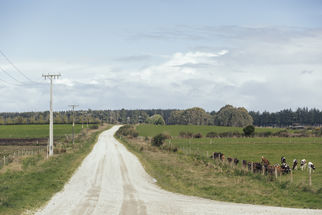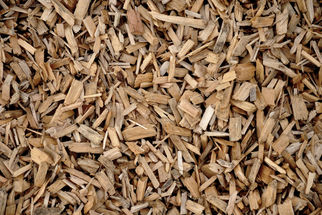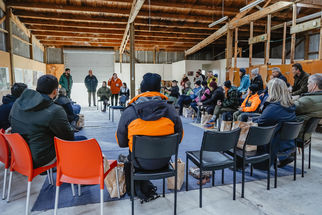
Site Evaluation Reports
A detailed evaluation of the activities, outcomes and lessons from each of the Living Water sites
Waituna Lagoon/Waipārera is 40km east of Invercargill and is part of the 20,000 hectare Awarua Waituna Wetland catchment. This coastal lagoon and surrounding wetland (an area of 3,500 hectares) was designated a Ramsar Wetland of International Importance in 1976. The cultural significance to the local Ngāi Tahu people was recognised under a Statutory Acknowledgement with the Ngāi Tahu claims Settlement Act 1998. The lagoon and wetland have also been a source of food and recreation for the wider community including fishermen, hunters and trampers over many generations.
The wetlands provide habitats for a rich array of native wildlife and are a nationally important site for migrating wading birds. They are also home to a range of threatened species such as the Australasian bittern and are an important area for mahinga kai.
In Awarua Waituna there has been a significant loss of wetland, freshwater ecosystems and lowland habitat. Water quality is poor due to high levels of suspended sediment and nutrients (phosphorous and nitrogen). Much of this has been caused by various productive land uses in the catchment and the modification of the waterway, wetland and lagoon hydrology for drainage purposes.
Living Water is working within the Whakamana Te Waituna Partnership to improve the health of Waituna lagoon - ensuring the wellbeing of the people, the land, the waters, the ecosystems and the life-force of Waituna.
Living Water’s key focus was designing and implementing a catchment-wide nutrient and sediment management approach, with the main goal of slowing the flow of water to decrease contaminants and build freshwater habitat.
A detailed evaluation of the activities, outcomes and lessons from each of the Living Water sites
A round-up of all the mahi from the Waituna catchment as at July 2022
Reducing contaminants reaching Waituna Lagoon
Reducing sediment reaching Waituna Lagoon
Whakamana Te Waituna is a five-year, multi-partner project aimed at improving the health of Waituna Lagoon in Southland
Reduce the rate of sediment and nutrients originating from on-farm and off-farm activities
Using simple structures to manage peak flows
A tool to help ensure all the partners are aligned and working collectively toward our agreed outcomes
A multi-phase restoration, wetland reconnection and water management project
What can economic cost benefit analysis tell us about the value of environment improvement activities?
Helping landowners to better understand where to put contaminant management interventions to improve water quality leaving farms
Can nitrogen fertiliser use be reduced without compromising pasture growth?
Are nutrient filters a practical solution for farmers to reduce their impact on water quality?
Reconnecting fragmented wetlands through riparian planting




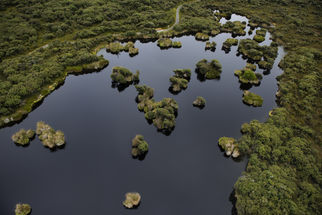
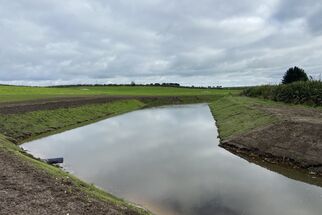


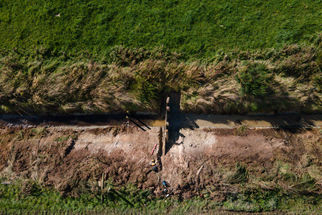

-0-322-0-215-crop.jpg?k=d3f883d274)


